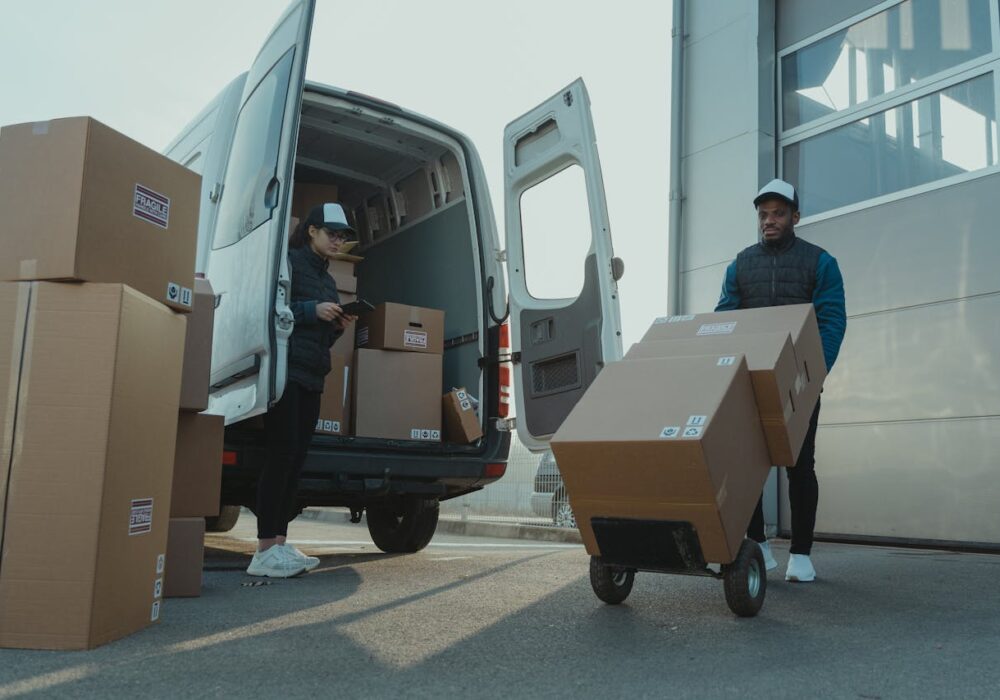Whether you are in charge of marketing for a corporate travel & tourism business, travel agency, or a tour operator, every business in the sector needs good quality leads to be successful. Without these, you’ve got nothing.
In this article, we will look at different ways to generate more travel leads and recommend tools that you can use to make sure you get the most value out of the leads that you generate.
There are loads of traditional options available when it comes to marketing: TV, print, radio, billboards, flyers, affiliate programs, tradeshows and so on, but we are going to focus on digital marketing and digital lead generation.
Digital marketing has given travel companies new ways to engage and convert potential travelers. Unlike the majority of traditional marketing approaches, digital marketing has two distinct advantages in that it is data-driven and measurable. This allows you to make decisions based on actual data and you can track your return on investment…and you can often do this in close to real-time.
So how do you take advantage of digital marketing? The first thing you need is a ‘marketing ready’ website.
A website that is not “marketing ready” is like a bucket full of holes and all that water dripping out is your online marketing spend. You don’t want to be pouring your digital marketing budget into a leaking bucket, so let’s start with a list of requirements to ensure your site is “marketing ready”.
How to ensure your website is ready for digital marketing:
Once you have the above setup you are ready to move to the next step – digital marketing.
There are a number of different online marketing platforms that you can use to market your travel business:
And those are just a few of the more popular options. So which one(s) should you use and why? Here’s a strategy that we’d follow ourselves.
Digital marketing in the travel industry is competitive and can be expensive if you choose the wrong channels to market on. Due to the high cost of digital marketing in the travel industry, it is important that you do everything in your power to convert a click into a lead, convert that lead into a sale and most importantly try to turn that sale into a repetitive long term customer. We’ll discuss some tools that will help you achieve this, but first, let’s look at which marketing channels we recommend adopting and why.
Start with a Google Search Campaign, but make sure you only choose very specific “niche” keywords. The great thing about a Google Search Campaign is that you are marketing to someone who has an intent to purchase i.e. you know that someone who types in “affordable hotel accommodation in Kuta” is planning on going to Bali.
If you are marketing holidays to Bali, try to get into the mindset of someone who is going to Bali. What types of things are they going to type into Google to research Bali. They might type in “things to do in Bali”, or “best places to visit in Bali”.
If you create a blog on your website with content that talks to those types of things and then use low bids on Google Adwords you can attract users that are in the market to travel to Bali without having to pay the premium cost per click that other travel companies are paying for keywords such as “accommodation in Bali”. So try to find affordable ways to attract people to your website with long-tail related keywords.
Facebook marketing is another affordable way to attract users to your site. Offer travel deals and travel tips. Facebook offers a host of targeting options that you can use to serve your adverts to people who are more likely to convert.
Travel purchases tend to be fairly high value and people do a lot of research before they make their final decision to make the purchase. Because of this buying process, the most important digital marketing campaigns are going to be your remarketing campaigns on Google and on Facebook. A remarketing campaign allows you to serve adverts and “follow” people who have visited your website before so that you remain top of mind during their decision-making process (while they are considering their options and doing research), so make sure you have your remarketing campaigns set up correctly and that your adverts entice people to come back to your site to complete the sale.
When a visitor comes to your website, try to offer them something for free to get their email address. A PDF download of the Top 10 Best Kept Secrets Of Bali where the end-user needs to enter their email address to get the PDF download or a meal voucher to a particular restaurant in Bali that you have a relationship with could be a nice carrot to use to get the users email address. Once you have an end user’s email address you can use it in your email marketing campaigns and once you have enough email addresses you can create custom audiences on Google and Facebook to serve adverts to those users.
Get those campaigns up and running and you should start to see activity on your website. If the traffic is not turning into inquiries, check your analytics for time spent on your website, your bounce rate and look at your search term report on Google Adwords to see what people are actually typing in to find your website. If you are happy that the right type of traffic is hitting your site and people are not converting, try to make your deal more appealing and try different images until you start to get conversions.
Let’s assume you get the previous two steps right (perhaps with the help of a digital marketing agency), the next step is ensuring you provide excellent service and manage that account well so that you turn the sale into a repeat customer. If you manage to generate repeat business from a sale that was a result of digital marketing you will be able to invest more per click because the lifetime value of your customers will be more.
Once you get to this stage you will be in a strong position to start growing and make money from digital marketing.
In order to turn a sale into a repeat customer your service and response times need to be brilliant. Service and response times are the only thing that will differentiate you in a competitive market.
Track your communication channels so that you don’t drop the ball.
Here is a list of communication channels and some tools you can use to track your team’s performance on these channels:
Couple these tools with a CRM system such a Zoho, Hubspot or SalesForce and you’ll have the tools you need to provide excellent customer service and manage your key accounts properly.
According to a DemandGen report, the timeliness of a vendor’s sales response to inquiries is the number one reason why buyers choose the winning vendor. Good lead response time can also increase your customer’s willingness to spend more with you, as per a recent study by Twitter.
VoIP phone systems and timetoreply.com will help you manage your phone and email channels to optimize your first reply times and your average response times when dealing with repeat customers.



Trusted by high-performing inbound sales teams and customer-facing teams globally.
Close more deals and delight more customers with the faster, smarter, deeper email analytics and performance optimization software that works straight from your team’s inbox.